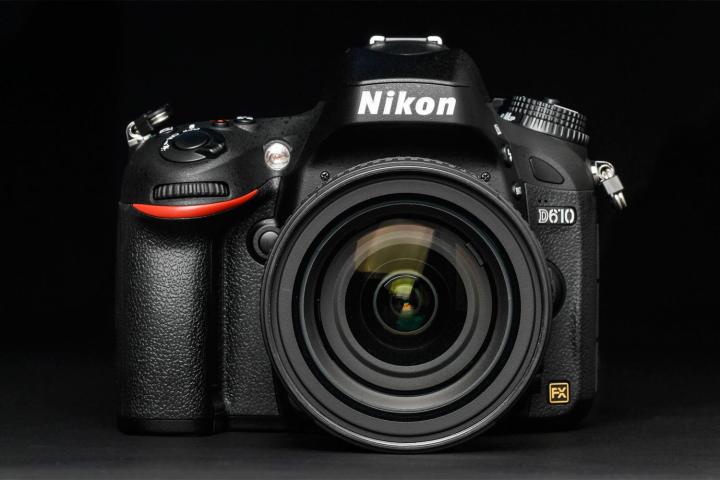
It’s no secret that certain areas of the camera-making business aren’t as profitable as they used to be (e.g., simple, compact point-and-shoots), but it took a while for the manufacturers to finally come to realization and accept that. Nevertheless, many of them are trying new tactics and touting special features in order to innovate and compete against smartphones. In an interview with Digital Photography Review at the 2014 CP+ show in Japan, Nikon executives discussed what their company needs to do in the current market, global trends, and what’s in store for the future. Some of the Q&A responses aren’t new news for those following the industry closely, but there are some surprises, like slower-than-expected growth in developing countries. It’s clear, as DP Review notes, that the market has become more challenging and products need to evolve.
While compact camera sales have been greatly affected due to a shift in consumer buying, the executives also noted a decline in interchangeable lens camera sales. They were also surprised by slower growth in developing countries, as well as in China, although Nikon still views China as the most important emerging market and that the slowing-down is temporary; growth in Europe and the Americas, or lack of, is a concern.
The executives discussed camera trends vary from place to place. While DSLRs and mirrorless cameras are doing well in Japan and Asia, the story isn’t the same in the Western Hemisphere – in fact, the mirrorless market is shrinking in North America, they say. (This could explain why a company like Canon has been hesitant in entering this market, and has yet to announce if its EOS M2 mirrorless camera would ever make it stateside; Nikon, Ricoh, and Sony dabble in both mirror and mirrorless, but companies like Olympus, Fujifilm, and Panasonic have gone completely with the latter, which doesn’t bode well for them.) The Nikon execs believe that Americans still view DSLRs as the superior product when it comes to image quality, even though mirrorless cameras have improved greatly in the last year. The opposite is true for video recording: the Nikon execs see video as more important to Western consumers than those in Japan.
When it comes to the future, Nikon says it will continue to listen to customers. “We can say that we will continue to listen to them very carefully. Feedback from those users is very important to us and we will use feedback from both stills and video photographers to evolve our cameras. And our cameras do need to evolve,” the executives told DP Review.
While the Nikon executives are confident that consumers will pick Nikon if they desire image quality, one executive said he does worry about how much more the compact market will shrink, as well as the negative trend in DSLRs. With the way things are going, as we see it, we can’t see compact cameras continue into the future, in their current forms.
Read the full Q&A at DP Review.
Editors' Recommendations
- Crutchfield sale: Save on Canon, Sony and Nikon mirrorless cameras
- New Nikon camera gear for space station marks end of an era
- Nikon launches the Z9, a pro-grade camera without a mechanical shutter
- The best mirrorless cameras
- The Nikon Z 7 II and Z 6 II are coming October 14: Here’s what we want to see


